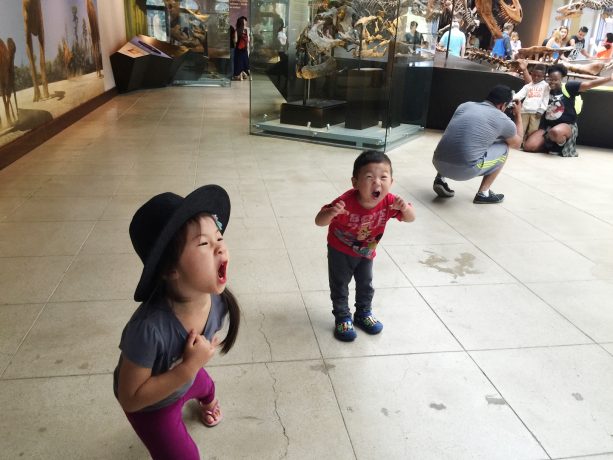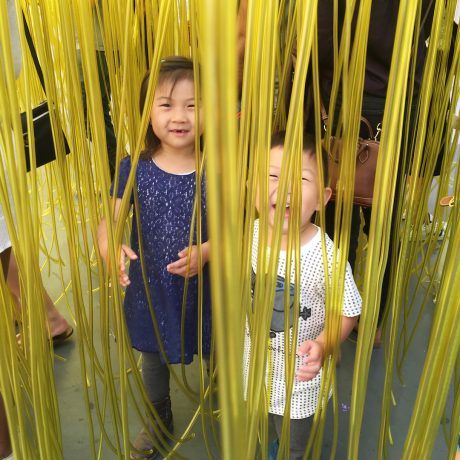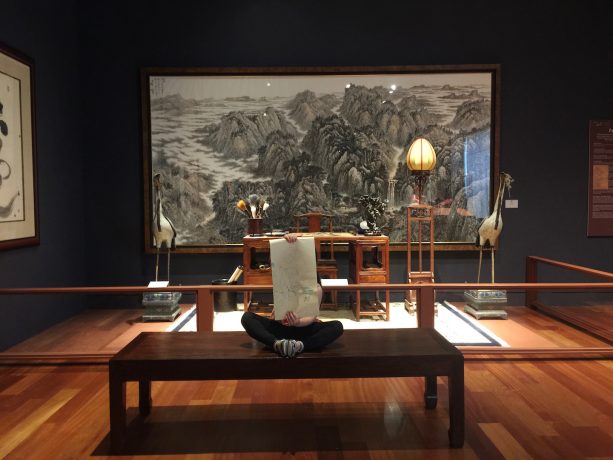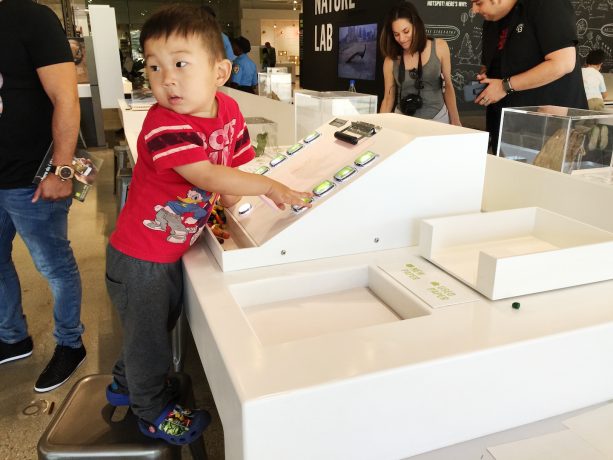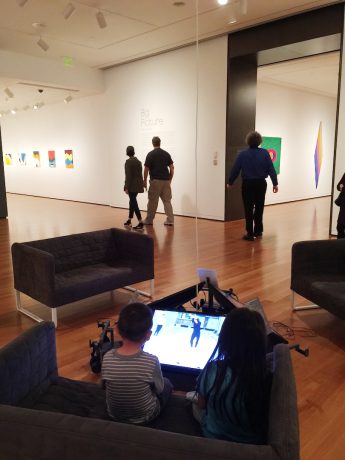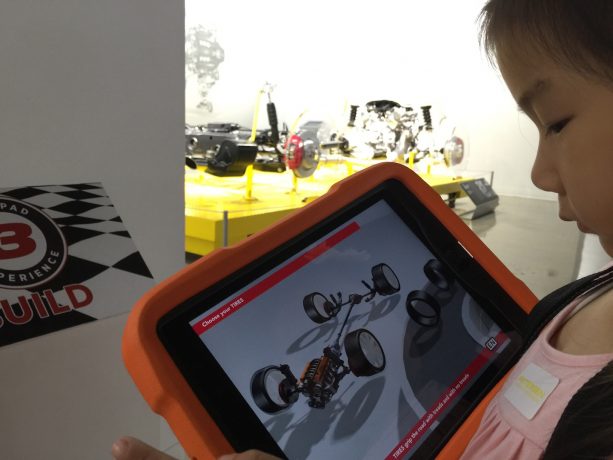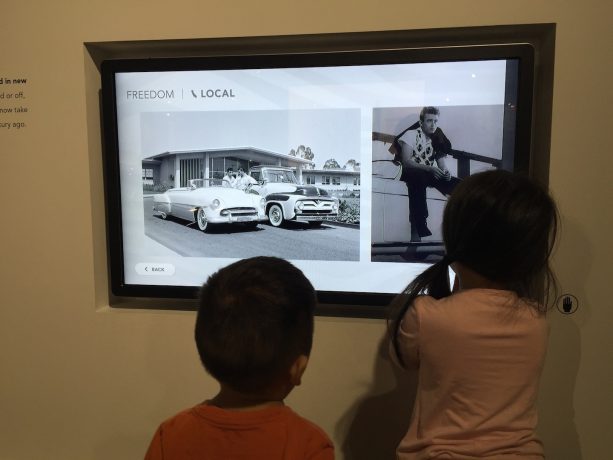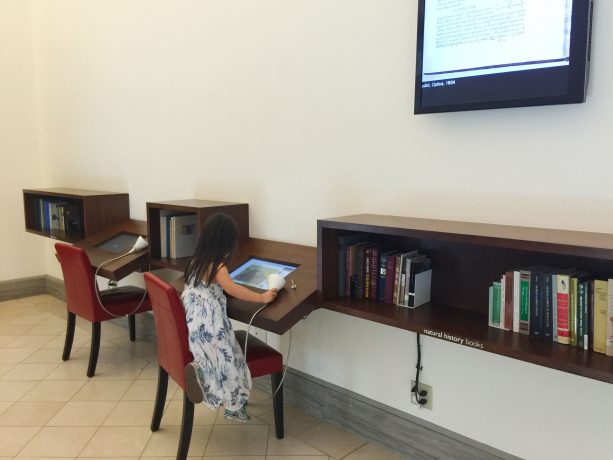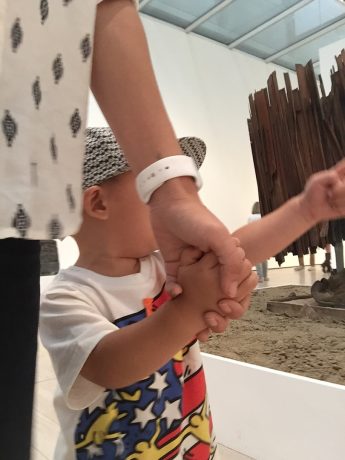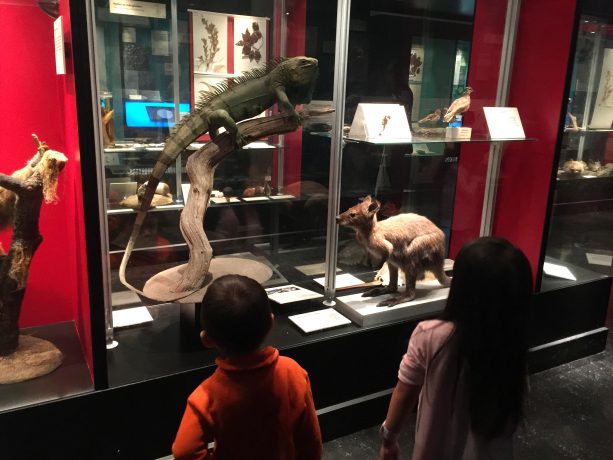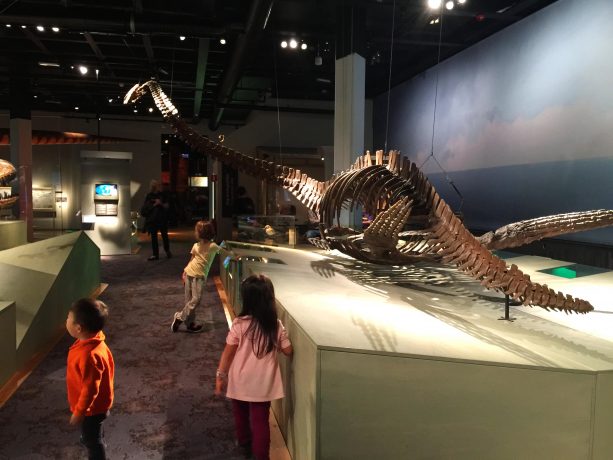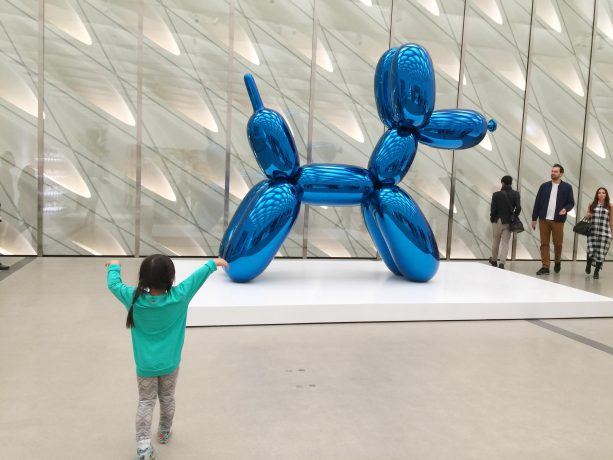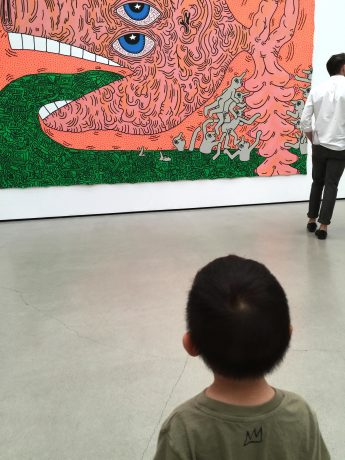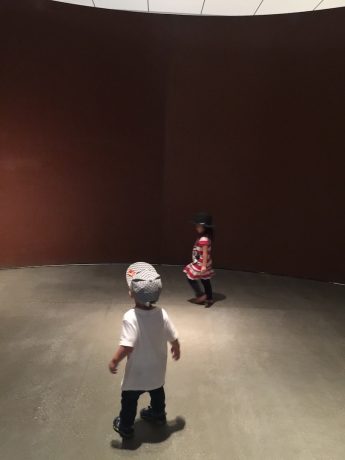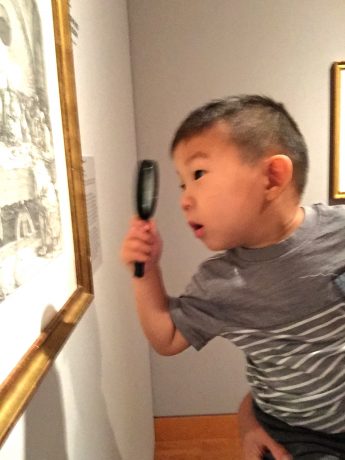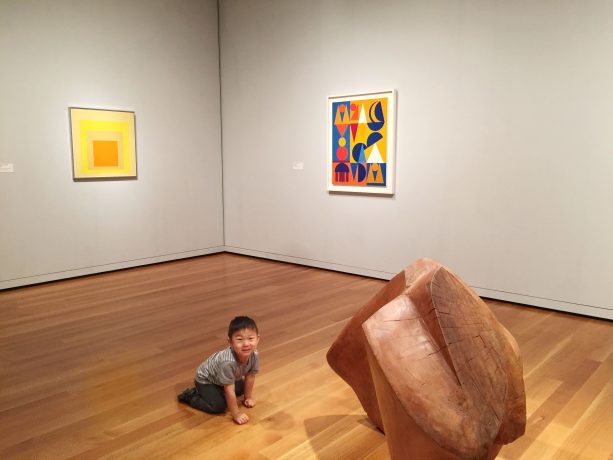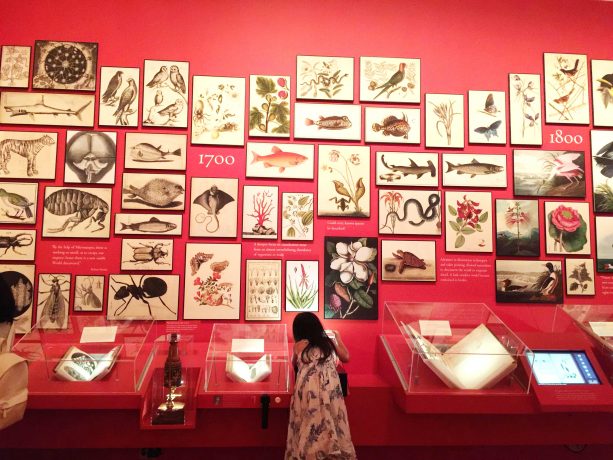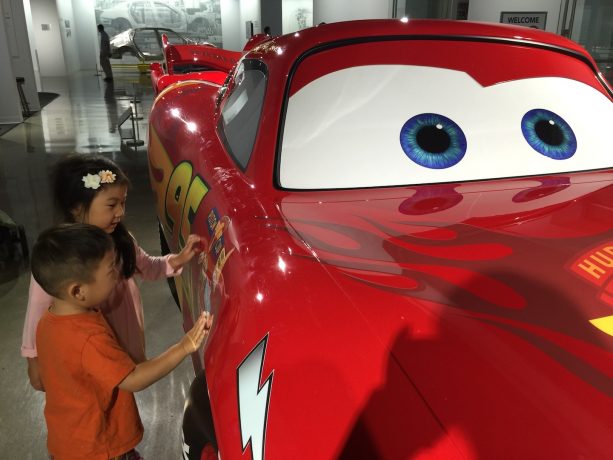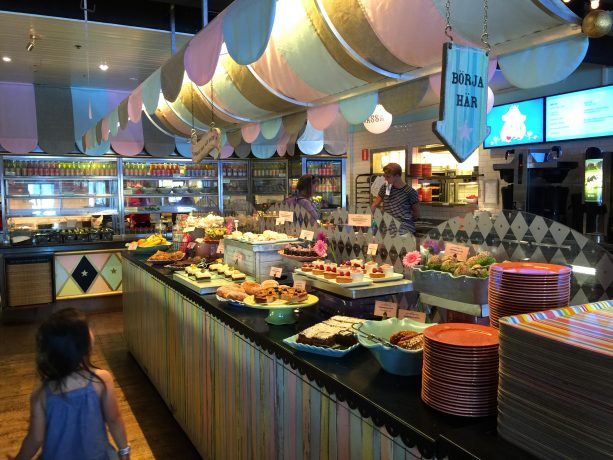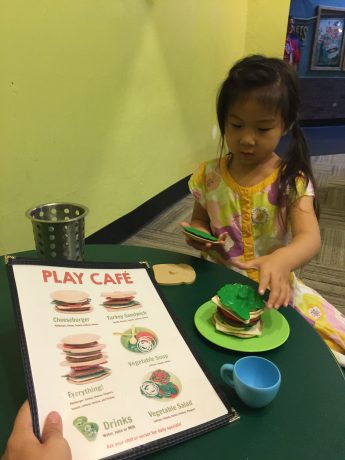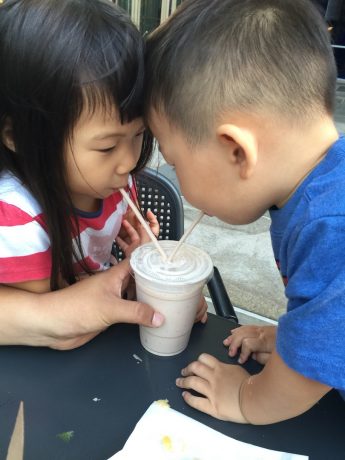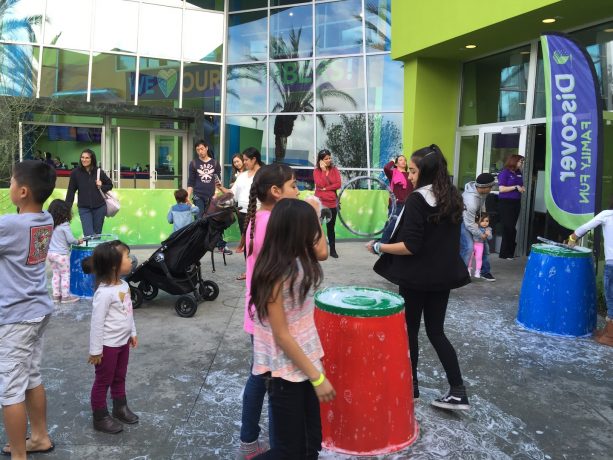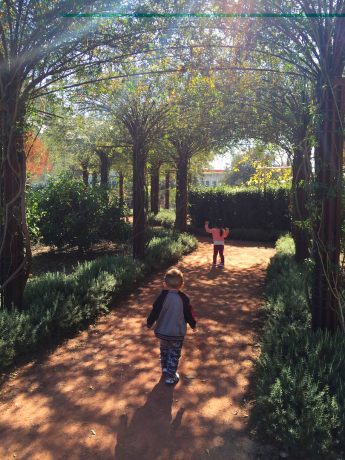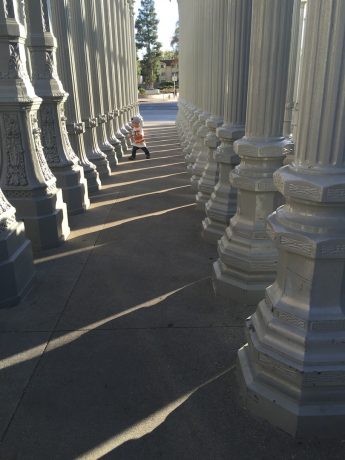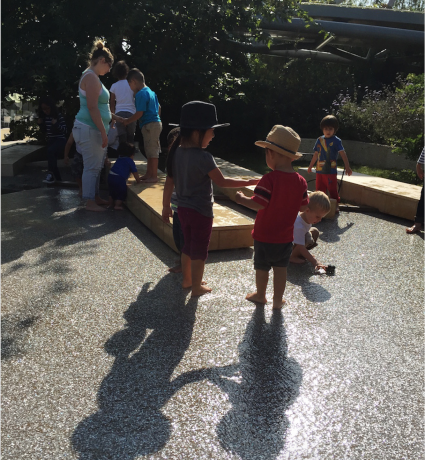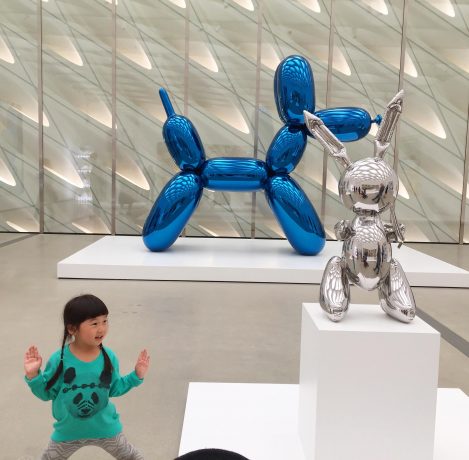We often write about the fun and exciting things we experience during our museum visits, but those excursions don’t come without it’s challenges. Realistically speaking, when the visit is not to a hands on kid’s museum, it is definitely work keeping the kids interested, monitoring their movements and voice levels, and knowing when to let go a little and let them explore on their own. Here are our top 7 practical tips on a successful (Fine Arts) museum going experience with little ones in tow.
7. Plan Ahead
Before you enter the museum ask for a map and plan out your route according to what you think the kids will enjoy. You don’t want to be caught with restless kids in the middle of the European paintings section and not have a route out. Ask the Information desk where the kids’ areas are (many museums have hands on areas or a kids play room) and plan the day around that. I like to plan on getting to those areas near the end of our visit so that we are not stuck there for the rest of the afternoon if they don’t want to leave, and that they have a chance to express their museum experience through creating art as a response. It’s a really good way to get pent up energy out after going through exhibits.
6. Hand Holding
Instill a culture of hand holding with your little ones. Hold hands not just when crossing the streets, but try to hold hands whenever possible – walking down the streets, in stores, at parks. Sometimes it may feel forced, but practice makes perfect. Holding hands should make them feel comfortable and calm, and not like they are being restrained or getting punished for misbehaving. This will prove to be very helpful when you are visiting a museum and need to walk around slowly and quietly. It’s nice to be able to explain and discuss artworks together and point things out to hold their interest. They will want to wander off on their own, but there is a time a place to do so, without disrupting other visitors’ experiences. Usually, in a more large and empty gallery or in a lively setting, I will let them walk (never run) around to look on their own. Remember, museums are a calm retreat, a pensive and introspective experience for many – it wouldn’t be right ruining that for them. However, it is also meant for the general public and families have the right to enjoy it as well. It is within kids’ nature to be energetic, so trust me – I’ve had my moments of embarrassment and being the recipient of side eye glares. We do the best we can!
5. Ask Questions
One of the best ways to keep the kids engaged is to ask lots of questions. I love to ask them questions specific to the artwork I want them to notice. What do you think that lady is doing? What animals do you see in there? Look at those long fingers! That’s silly. It’s fun hearing their interpretations of things, or getting a giggle out of them. If prompted, my kids can elaborate on an entire story based on what they see in a painting – feeding off of one another’s enthusiasm and carrying the story along back and forth. It’s such a great way to get those imaginative minds rolling.
4. Contemporary Art
Young Kids tend to be drawn to sculptures with lots of tactile elements, like cultural masks or artifacts, and much of contemporary art. Interesting colors, exaggerated forms, reflective material, noise, interactive installations, colored lights, recognizable imagery and brands – grab kids attention and naturally draws them in. If you aren’t used to taking little ones to fine art museums, I would suggest starting with a contemporary art museum. For example, at the Broad in Los Angeles, they were so excited to point out “nipples” in a Basquiat to naming the Koons sculptures that the adults were the ones being dragged around. One of our most frequent LA destinations is the Broad Contemporary Gallery at the LACMA because they love the “big red elevator” and visiting the familiar exhibits like the Metropolis installation.
3. Touch with your eyes
My kids have been very familiarized to going to museums, as I’ve taken them on regular museum excursions since they were infants happily resting on my chest in a baby carrier. But still, at least once or twice per visit we have to remind them not to touch. I found that a good way to keep kids from getting too close to the art, is to play a game with them. Usually, there is some sort of marker nearby such as a groove in the wood parquet. I tell my kids not to cross that line, or they lose a point. This has worked really well with us. I frequently use the phrase “remember, touch with your eyes, not with your hands”. The idea of this is funny, so they proceed to really try to “touch” things with their vision by squinting. It also puts a positive spin on something that can seem negative and restrictive.
2. Food!
Young kids get hungry almost every two hours it seems, especially when they are physically or mentally stimulated. Food and drinks are not allowed inside museums, so it helps to make a stop at the restaurant or snack bar without waiting until it’s quite lunch time. It’s nice to beat the rush, because it’s not fun to be caught in the long line with 2 hungry and thirsty kids by your side. Full tummies equals happy beings, more willing to listen and learn.
1. Outdoor areas
I am always on the lookout for outdoor gardens or fountain areas. At the end of a museum visit, I love to sit outdoors and just soak in the natural surroundings and watch the kids around laughing and playing. I feel like half of the reason to go to a museum is to get away from the daily grind of life, and stroll around that park, campus, or similar locale that a museum is so often surrounded by, and just let go of all the swirling thoughts that take over our minds for a moment. This goes for the little ones in our lives as well, they are also inundated with the same technology, media, schooling and daily scheduling that build up residue of stress and fatigue in our minds and bodies.
Kids museums are amazing – as they are tailor made for kids to explore on their terms. I know that vising fine art museums can seem daunting especially with kids under 5. I hope this list helps to relieve some stress about navigating the exciting world of Museums as a family. It’s great training, a great investment on their minds and souls, and a refueling of the creative spirit in you, the parent. Now, go and explore your options in your own city.

